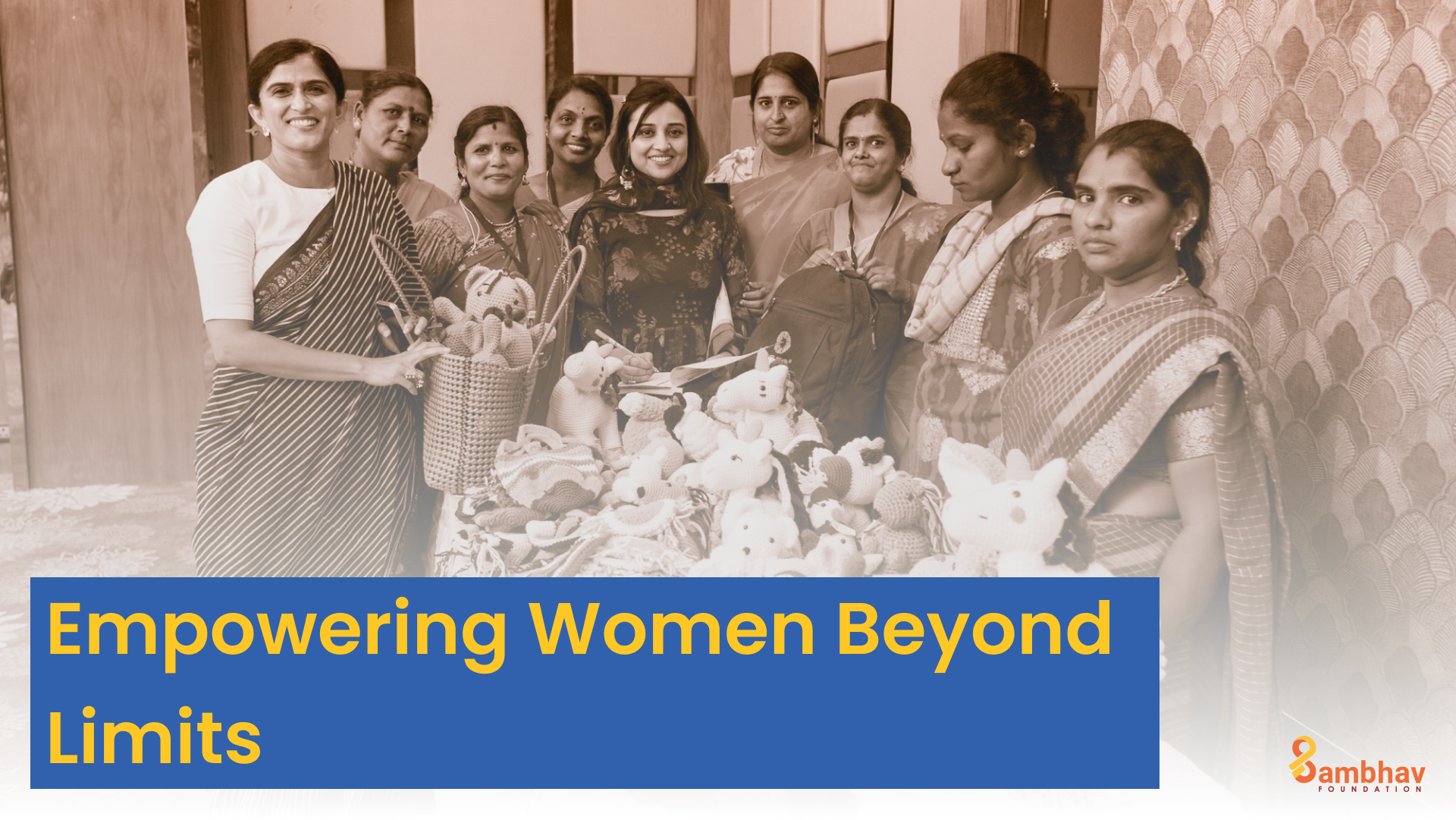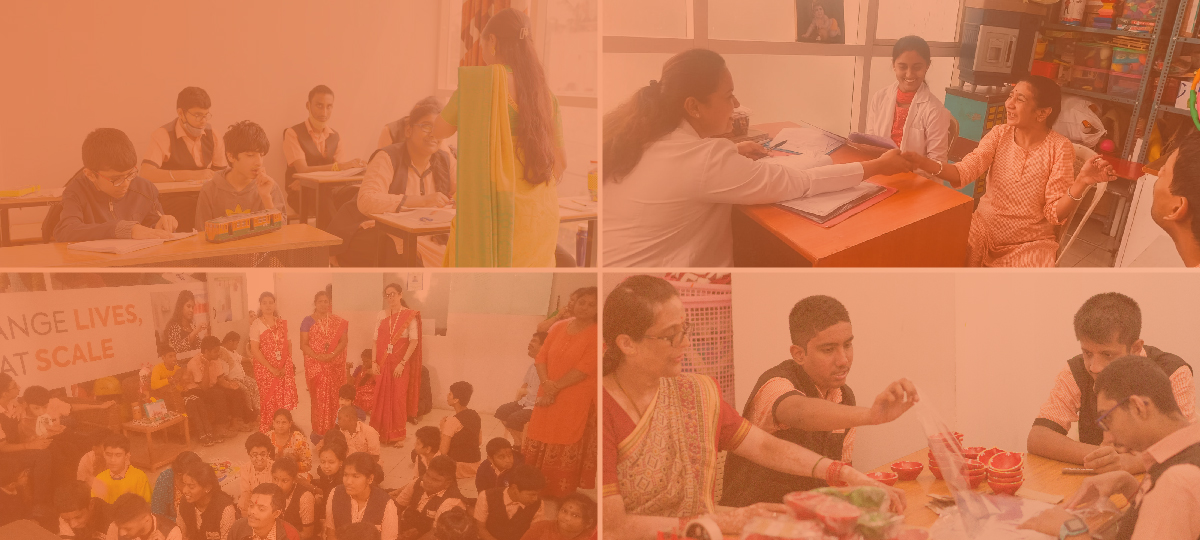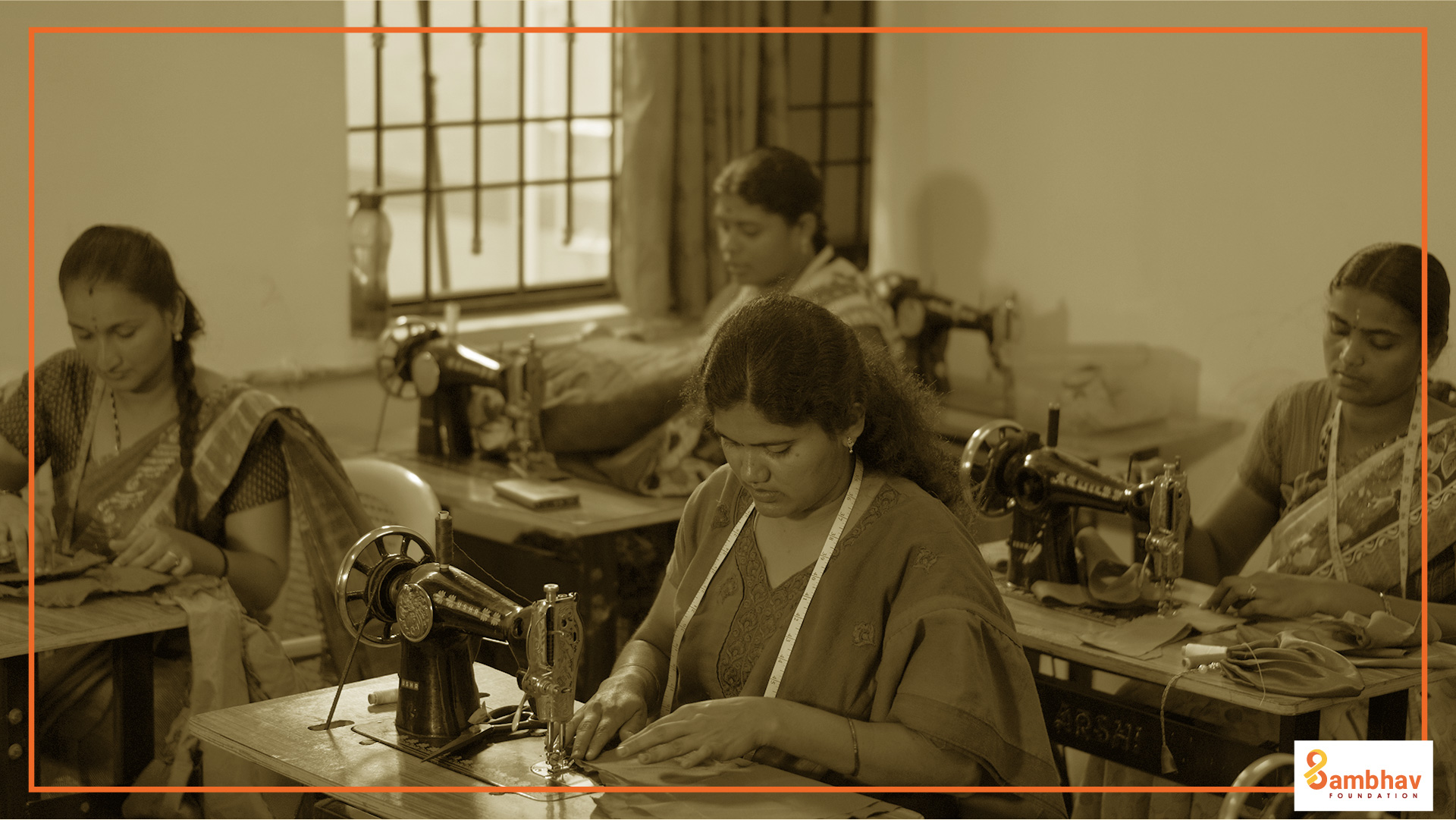The Indian healthcare sector is paradoxical. On the one hand, medical tourists worldwide come to our state-of-the-art glass and steel hospitals to access affordable (compared to Western Europe and America) healthcare. On the other hand, we cannot provide equitable and quality care to the majority of our citizens. There is just one state-run hospital for every 90,343 Indians and five government hospital beds for every 1000 people. At any given time, close to 35% of life-saving medical equipment in hospitals is not functional and needs repair.
Half the Solution
There is no doubt that India’s public healthcare infrastructure needs to be augmented to provide for our growing population equitably. The COVID-19 pandemic was only the most recent proof – 95,000 ICU beds and less than 50,000 ventilators were no match for the onslaught of sick people during the second wave in April-May 2021. Rural India was hit worse because only 13% of Primary Health Centers (PHCs) meet the Indian Public Health Standards of life-saving medical devices, ventilators and oxygen supply.
The Indian government and local administrations moved quickly to address the challenge. The government (supported by foreign aid) procured and manufactured ventilators, oxygen concentrators and other life-saving equipment. Never before had public health infrastructure been built on this scale or at this pace. Overall, there was a 70% increase in the number of critical medical devices in 2021. But as it turned out, that in itself wasn’t enough.
The Other Half
Most of this equipment is based on sophisticated technology. It demands expert technicians who know how to install them correctly. Operating these devices needs knowledge and skill. The electricity supply in rural India is unstable and unreliable. Almost 50% PHCs don’t have access to an assured power supply, increasing the incidence of failure in these devices. Other infrastructure, like clean water and dust-free environment, necessary for uninterrupted functioning of these machines, is either unavailable or difficult to manufacture in India. Frequent repair is required to keep the devices running.
But where is the specialized workforce that can ensure the continued use of technology and equipment?
We face a massive shortfall of biomedical engineers and technicians who can properly install these devices, correctly use them, and maintain and repair them when required. Lack of skilled technicians meant that of the 30,893 ventilators sent to the states and union territories, 7,194 were not even installed. These idle devices translate into a large number of lives needlessly lost during a crisis, despite the massive efforts to improve health infrastructure in the country.
Further, the situation is not limited to just the current pandemic. The availability and the functionality of medical devices is key to providing mass access to diagnostics. When utilized judiciously, it reduces the cost and increases the quality of health care. But if 35% of life-saving equipment is in constant need of repair, the lives of people who need them are always at risk. And without a skilled workforce to keep it running, the investments made in technology and equipment are futile.
The Vital Link
Advances in medical technology can extend, improve and save lives. Its use is only going to increase in the future. But simply acquiring more equipment, though essential, is only a part of the solution. We cannot neglect the need for the right kind of expertise – the biomedical, the electrical, the mechanical technicians and engineers – to keep this infrastructure in working condition. If we want to use medical technology to improve healthcare, to save lives, we need initiatives to train technicians and deploy them optimally throughout the country.
India needs more than 85,000 repair technicians and engineers for the management and maintenance of healthcare equipment. The urgency of the situation demands rapid solutions that can be implemented across the country. Addressing this skill gap will sustainably bolster India’s healthcare infrastructure and build livelihoods at scale.
Going Forward
COVID-19 pandemic has been a turning point for Indian public healthcare infrastructure. It has demonstrated the importance of technology in patient care and propelled the demand for the same. But the shortage of skilled professionals who know how to use this technology continues to challenge the healthcare indicators of the second-most populous country in the world. We need to use this challenge as an opportunity to effectively address gaps that will not just improve healthcare delivery but also enhance social justice.




